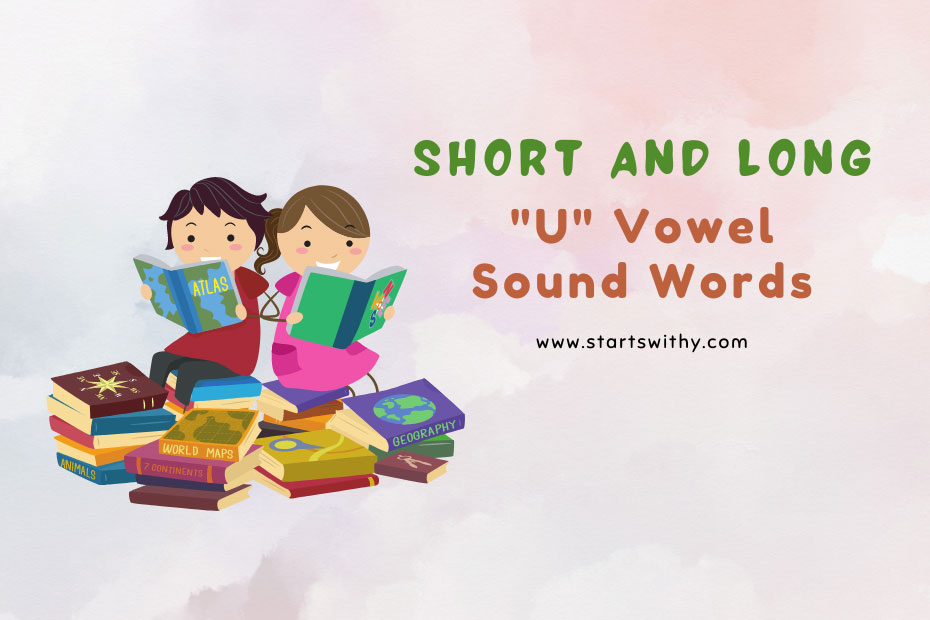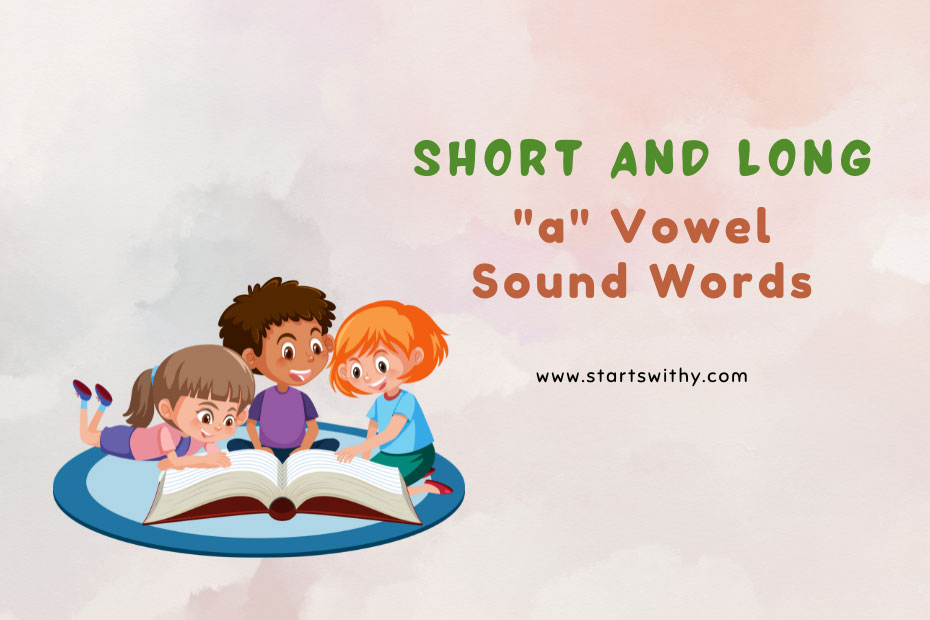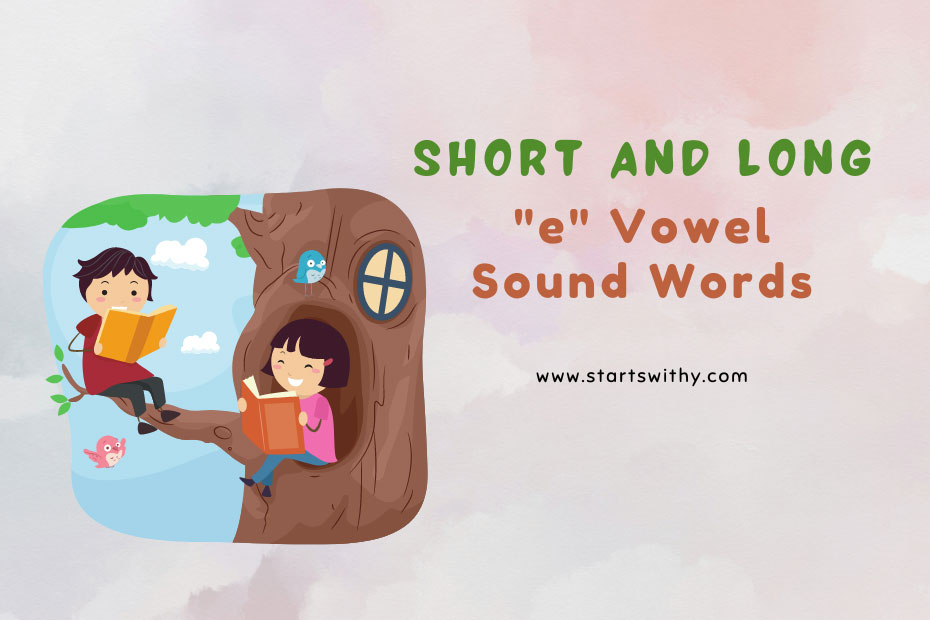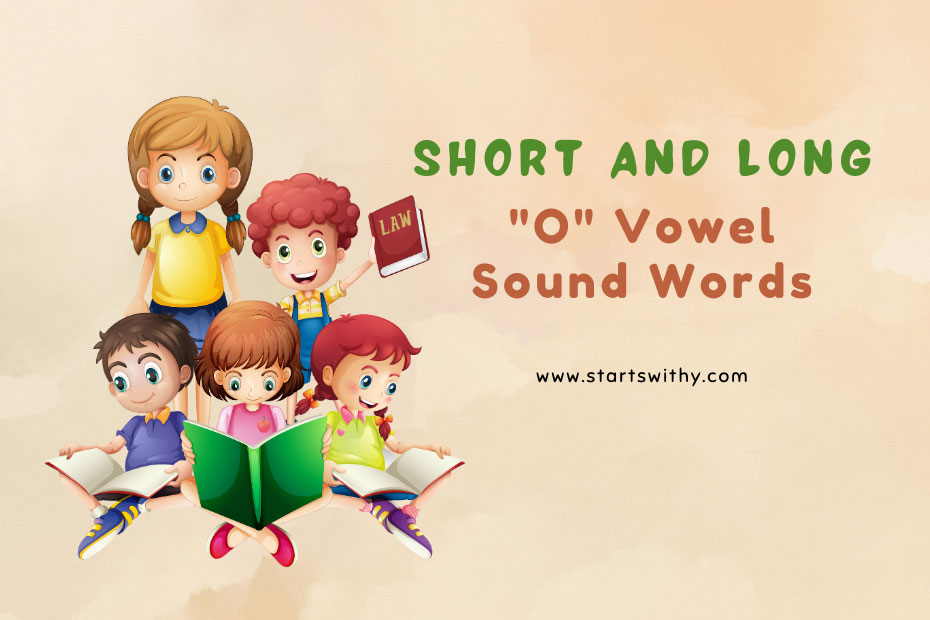Are you looking to expand your knowledge of vowel sounds? In this article, I’ll be sharing a comprehensive list of words that contain both short and long u vowel sounds. Understanding the distinction between these sounds is crucial for improving your pronunciation and reading skills. So, whether you’re a student, teacher, or simply someone who loves language, you’re in the right place!
The English language is full of fascinating nuances, and one such nuance lies in the different sounds the letter “u” can make. While most vowels have only two sounds, the letter “u” is unique in that it produces three distinct sounds. In this article, we’ll explore the short u sound, the long u sound pronounced as “yoo,” and the long u sound pronounced as “oo.” By familiarizing yourself with these sounds and the corresponding words, you’ll be well-equipped to navigate the intricacies of the English language.
What are Short and Long Vowel Sounds?
Short Vowel Sounds
Short vowel sounds are vowel sounds that are pronounced in a shorter duration compared to their long vowel counterparts. These sounds are usually represented by a single vowel letter in words. For example, the short u sound is heard in words like “nut” and “sum.” These words are pronounced with a quick, crisp sound, and the vowel sound is not extended or emphasized.
It’s important to note that the spelling of a word does not always correspond with its sound. Just because a word is short doesn’t mean it will automatically have a short vowel sound. For instance, the word “pretty” is pronounced with a short i sound, even though it has a long vowel spelling. Likewise, the word “business” is pronounced with a short i sound in “u” and “e,” while the “i” is silent altogether.
To help you navigate short vowel sounds more effectively, here is a list of short vowel words sorted by letter:
| Short Vowel | Examples |
|---|---|
| /a/ | bat, cat, mat |
| /e/ | bed, red, pen |
| /i/ | sit, pig, win |
| /o/ | dog, pot, box |
| /u/ | sun, bus, cup |
Long Vowel Sounds
Long vowel sounds are vowel sounds that are pronounced for a longer duration compared to their short vowel counterparts. These sounds can be represented by a single vowel letter or a combination of letters in words. In the case of the long u sound, it can be pronounced as either “yoo” or “oo.”
Words with the long u sound pronounced as “yoo” include “cube” and “ukulele.” On the other hand, words with the long u sound pronounced as “oo” include “glue” and “tube.” It’s worth noting that there are many variations of words with the long u sound, and some can make both the “yoo” sound and the “oo” sound.
When teaching long u in kindergarten, we often focus on the spelling patterns that create this sound, such as “ue,” “ui,” and “ue.” Additionally, we also teach the digraphs “ou,” “ew,” and “oo” as variations of the long u sound.
To further help you understand the long u sound, here is a list of long vowel words with the corresponding pronunciation:
| Long U Sound | Examples |
|---|---|
| /yoo/ | cube, music, cute |
| /oo/ | glue, tube, blue |
List of Short and Long “u” Vowel Sound Words
| Bud | Bug | Bum | Bun |
| Bus | But | Button | Clue |
| Computer | Consumer | Cud | Cup |
| Cut | Cute | Dug | Fun |
| Gum | Gun | Gus | Gut |
| Hug | Hum | Human | Hut |
| Jug | June | Jut | Lug |
| Muddy | Mug | Nun | Nut |
| Public | Pug | Pun | Pup |
| Refuse | Rub | Rug | Rule |
| Rum | Run | Rut | Student |
| Sub | Suitable | Sum | Summer |
| Sun | Tug | Tunnel | Umbrella |
| Use |
The u Vowel Sound
Short u Sound
The short u sound is characterized by a quick and closed pronunciation of the vowel. It is commonly found in words where the vowel appears in a stressed closed syllable. The sound can be likened to a quick crisp “uh” sound as heard in words like cup, sun, and luck. The short u sound is represented by a single vowel letter in words.
Words with the short u sound:
- Nut
- Sum
- Tub
- Ugly
- Unable
- Ulcer
Long u Sound
The long u sound, on the other hand, is produced with an extended and more open vocalization. It is often created by pairing the letter u with another vowel or consonant, which lengthens the sound. The long u sound can be pronounced as either “yoo” or “oo.”
Words with the long u “yoo” sound:
- Cube
- Music
- Tube
- Ukulele
- Cute
Words with the long u “oo” sound:
- Glue
- Blue
- Fruit
- Truth
- Moon
The long u sound has different spelling patterns and digraphs associated with it, such as “ue,” “ui,” “ou,” “ew,” and “oo.”
When teaching the long u sound in kindergarten, we focus on patterns like “ue,” “ui,” and “ew.” The other patterns, such as “ou” and “oo,” are taught as digraphs, not as long u spelling patterns.
It’s interesting to note that the letter u is special because it makes three sounds, while the other vowels only make two sounds. The short u sound is represented by a single vowel letter, while the long u sound can be represented by a single vowel letter or a combination of letters.
Here is a list of words categorized into short and long u sounds:
| Short u Sound | Long u “yoo” Sound | Long u “oo” Sound |
|---|---|---|
| Tub | Cube | Glue |
| Ugly | Music | Blue |
| Unable | Tube | Fruit |
| Ulcer | Ukulele | Truth |
| Bluff | Cute | Moon |
| Blunt |
Understanding the distinction between the short and long u vowel sounds can greatly enhance your pronunciation and reading skills. By practicing with words and identifying their respective vowel sounds, you’ll build a solid foundation for effective communication and language learning.
Short u Word List
Examples of short u words
When teaching children about the short u vowel sound, it’s important to provide them with a list of examples that they can practice with. Here are some common words that contain the short u sound:
- cut: pronounced as “kuht”
- bus: pronounced as “buhs”
- sun: pronounced as “suhn”
- run: pronounced as “ruhn”
- hut: pronounced as “huht”
These words demonstrate how the short u sound is pronounced in different contexts. It’s a good idea to encourage children to practice saying these words aloud to reinforce their understanding of the sound.
Short u spelling patterns
The English language features various spelling patterns that represent the short u sound. By teaching these patterns, children can develop their reading and spelling skills. Here are some common short u spelling patterns:
- u: represented by the letter “u” in words like “cut” and “hut”
- u + consonant + e: found in words like “cute” and “rule,” where the “u” is followed by a consonant and then the letter “e”
- o (as in “son”): sometimes, the short u sound is represented by the letter “o” in certain words like “son” and “wonder”
Introducing these spelling patterns can help children recognize and decode words that contain the short u sound. By familiarizing themselves with these patterns, they can become more confident and proficient readers and spellers.
Long u word list
Examples of long u words
When it comes to long u words, there are numerous examples that showcase the different ways this vowel sound can be spelled. Let’s explore some of these examples:
- Long u with the “yoo” sound:
- Long u with the “oo” sound:
As you can see, the long u sound can be represented by various combinations of letters, such as “ue,” “ui,” “ue,” “ou,” “ew,” and “oo.” It’s important to familiarize students with these different spelling patterns to enhance their reading and spelling skills.
Long u spelling patterns
Teaching long u words involves understanding the different spelling patterns associated with this vowel sound. In kindergarten, we primarily focus on the following long u spelling patterns:
- “ue” pattern:
- “ui” pattern:
- “ue” pattern:
It’s crucial to note that there are other spelling patterns for long u, such as “ou,” “ew,” and “oo.” However, in kindergarten, we introduce these patterns as digraphs rather than specific long u spelling patterns.
By familiarizing students with these long u spelling patterns, we empower them to decode and recognize words more effectively. Teaching these patterns in a structured manner can significantly contribute to their overall reading and spelling development.
Remember, the long u sound has various representations, and understanding these patterns will enable students to expand their vocabulary and become more confident readers and spellers.
Practice exercises for short and long u sounds
Short u sound practice
When teaching the short u sound, it is crucial to ensure that students have a solid understanding of the vowel sound and its corresponding spelling patterns. Here are some practice exercises to help reinforce the short u sound:
- Circle the objects: Provide worksheets with pictures of various objects and ask students to circle the ones that have a short u sound. This activity allows them to visually identify and associate the sound with specific words.
- Sort the words: Create a word sorting activity where students are given a list of words and asked to categorize them based on their vowel sound. For this exercise, they should sort short u words into one group and words with different vowel sounds into another group.
- Complete the sentences: Provide sentences with blanks and a word box containing short u words. Students must choose the correct word from the box to complete each sentence. This exercise helps reinforce their ability to recognize and use short u words in context.
Long u sound practice
Similar to the short u sound, teaching the long u sound requires practice and reinforcement. Here are some exercises to help students become familiar with the different spelling patterns and variations of the long u sound:
- Identify the long u words: Show students a list of words and ask them to identify and circle the ones that have a long u sound. This activity helps them practice auditory discrimination and reinforces their ability to recognize the long u sound in words.
- Color coding: Provide worksheets with different long u words, short u words, and words with other vowel sounds. Instruct students to color the long u words in one color, short u words in another color, and words with other vowel sounds in a third color. This visual activity helps reinforce their understanding of the different vowel sounds.
- Word families: Introduce word families that contain the long u sound, such as “ue,” “ui,” “ou,” “ew,” and “oo.” Have students practice reading and spelling words within these word families, emphasizing the long u sound. This exercise helps build their phonics skills and expand their vocabulary.
By incorporating these practice exercises into your teaching, you can help students develop their skills in identifying, reading, and spelling words with both the short u and long u sounds. Remember to provide plenty of opportunities for practice and reinforcement to ensure mastery of these vowel sounds.
Conclusion
In this article, we explored a comprehensive list of words with the short and long u vowel sounds. We learned that the short u sound is commonly found in words like “cup,” “bug,” and “hut,” while the long u sound can be heard in words like “cube,” “tune,” and “mule.”
To help students practice these sounds, we discussed various exercises. For the short u sound, activities such as circling objects, sorting words, and completing sentences were recommended. On the other hand, for the long u sound, exercises like identifying words, color coding, and practicing word families proved to be effective.
By incorporating these practice exercises into their teaching, educators can help students develop their skills in identifying, reading, and spelling words with both the short u and long u sounds. This will not only enhance their phonics skills but also improve their overall reading and language proficiency.
Remember, practice makes perfect! So, encourage your students to engage in these activities regularly to reinforce their understanding and mastery of the short and long u vowel sounds.
Happy teaching!



